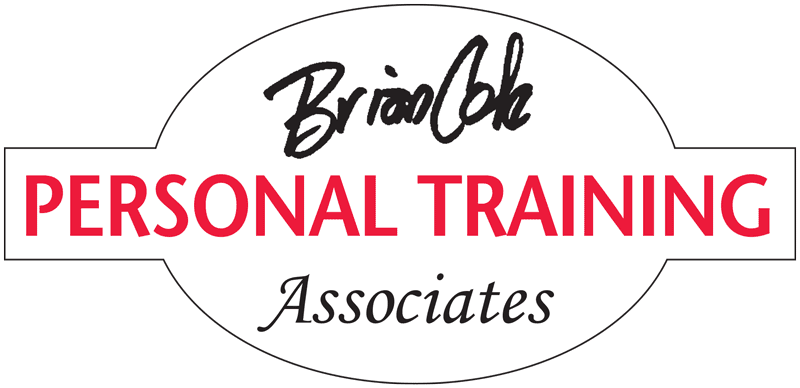Do all we can to avoid pain, maybe even avoid discomfort, for the maximum of our precious time in this short, short life. That’s my step one for Healthy Living. And then add daily physical activity to offset the way-too-cushy conditions we are so fortunate to live our entire lives in.
While mental, emotional and social health are essential for full activation of a Healthy Living Plan, I’m not qualified to address those aspects so I’ll stick to what I know: physical activity and daily energy. Up-to-date information continually surfaces which changes what we were taught as teenagers because that was quite a while ago, and large groups of people have been studied and tracked for 20 to 50 years. Some of the data may sound like just a new fad but is based on sound long-term research. Much of what we were taught in gym class has been clearly disproven. In this column I’m going to outline some of the information that research has brought into light during our lifetimes.
We build brand new lean muscle tissue into our 90s in the same way we did when we were 21. OK, not at the same rate but by challenging our muscles in the same way we did. Which means it’s never too late to improve THE most important factor in a long Healthy Life: continue building new lean muscle tissue throughout our lifespan to protect our bones and joints.
Bones are living, changing tissue and will become very brittle as we age unless we do something about it. Osteopenia is our warning sign and is a stage we can use to reverse the toll living has given us before it progresses to the more serious osteoporosis.
Pre-exercise “stretching” is not beneficial for performance or injury prevention and is actually counter-productive regarding maximizing power or explosive movement. Pre-event dynamic movement warmup is a much more effective way to prepare. As I’ve written in previous columns, it will be more beneficial to think of what we call “stretching” as relaxing and releasing after exercising rather than assertive attempts to make muscles longer.
For women, visible six-pack abs (forget those magazine covers in the grocery store) require body fat percentage to be so low there can only be minimal breast tissue (unless it’s surgically enhanced) and they’ll be amenorrheic (unable to menstruate), neither of which falls into the Healthy Living category.
For men, those same visible six packs probably were developed from lots of forward flexion of the lumbar spine (think sit-ups, crunches…) with the pelvis locked on the floor which we now understand contributes long term to overuse low-back problems. And we have proven that bed rest is not the best response to those problems; being active is.
For both men and women, unless it’s for a bodybuilding competition onstage in a bikini, we’d all be better off to seek flat, firm, fat-free abdominals — not necessarily visibly distinctive muscles.
We now understand more fully the difference between muscles with primarily a movement function and muscles whose main job is to maintain upright posture. A simple distinction is postural muscles prevent movement and need to be trained accordingly. They also get tight when they’re weak because they still have a postural job to do so stretching or massaging them to relax is counter-productive. They need to be strengthened so they don’t have to get tight to hold us up. Postural muscles have much in common with ligaments whose job is not more flexibility but stability to protect our joints. Much of core training is done by resisting movement.
Understanding all this, and more, enables us to help others improve themselves safely and efficiently which is both personally rewarding and is also the very best profession possible. We spend our time helping can-do people improve themselves. Whew! Thankful man.

